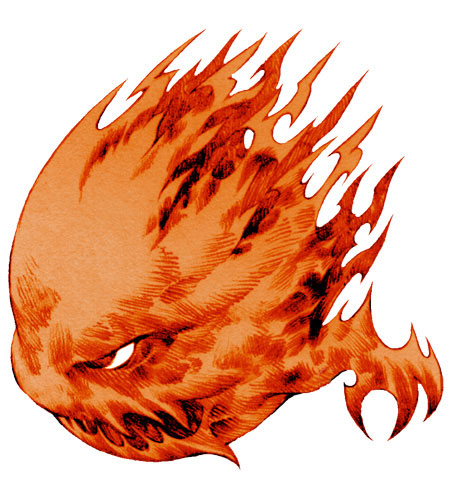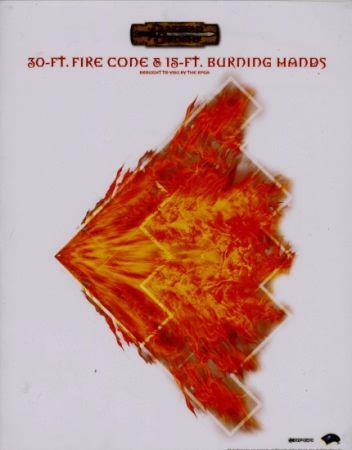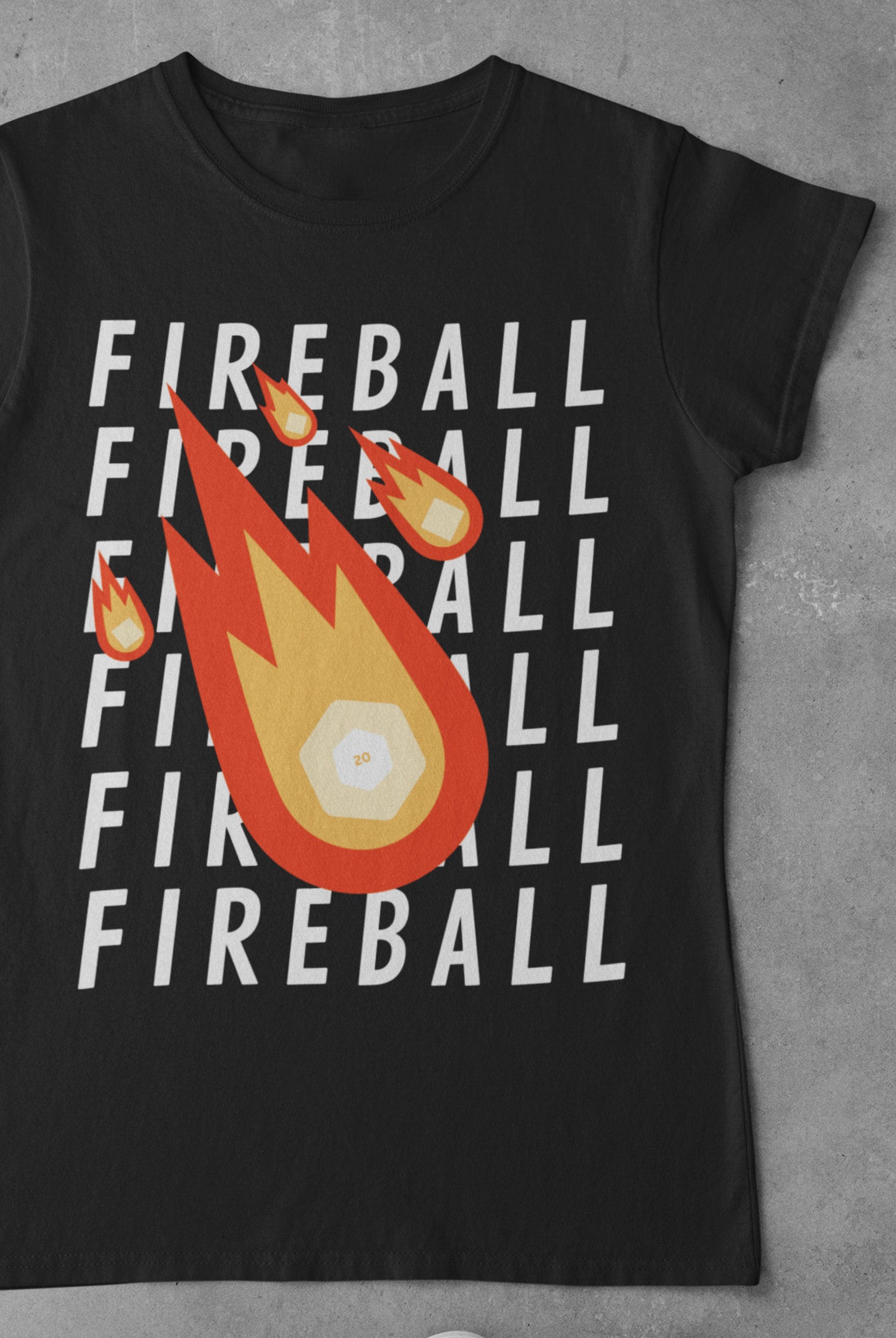

To be considered explosive, the release of energy must be rapid enough and concentrated enough to produce a pressure wave that can be heard. This energy may have originally been stored in the system in a variety of forms (e.g., nuclear, chemical, electrical, or pressure energy). These high-pressure gases then do mechanical work such as moving, changing, or shattering nearby materials.Įxplosion: An explosion may be defined as a phenomenon where a blast (pressure or shock) wave is generated in air by a rapid release of energy. The definition of explosion varies, but here are a couple of the examples I found:Įxplosion: A large-scale, rapid, or spectacular expansion or bursting out or forthĮxplosion: The sudden conversion of potential energy (chemical or mechanical) into kinetic energy with the production and release of gases under pressure, or the release of gas under pressure. Next, I researched with the word explodes (or explosion). The word explosion then leads me to my biggest question - If a fireball involves an explosion, why is there no concussive wave blast?


It’s the word explosion, which is in all three definitions and the 5e description that caught my eye. The dictionary definition doesn’t provide us with anything useful. Nuclear explosions are fairly rare in D&D, much to the disappointment of players. No gas involved in the D&D fireball so that’s out. The larger fireballs, as of nuclear explosions, rise seemingly intact into the air and may reach high altitudes while still glowing.įireball: A bright ball of fire, especially one at the centre of an explosion. 1-75, National Fire Protection Association, Quincy, MA.įireball: A large mass of fire caused by a large explosion, as of inflammable liquids or a nuclear device. "Fire Protection Handbook’, 18th Edition (1997), p. However, if the gas mixture is unconfined or if confinement is breached, the burning gas expands as a fireball at normal atmospheric pressure, and the maximum fireball volume is approximately ten times the initial volume of the mixture. I started by looking up the word fireball for a real world definition.įire Ball: Unconfined accidental fuel gas releases often result in a fireball once ignited. Still not sure why we don’t just use gunpowder, but at least now I understand how guano plays a role in the creation of a fireball. So now we have two material components that are used in the real world and the fantasy world to produce an explosion since bat guano and sulfur together would make an even bigger boom than one by itself. Turns out that bat poo is rich in nitrogen and can be used as gunpowder in its dried form. Sulfur makes total sense when you want to make things go boom, so I looked up bat guano to see if I could find out why it’s still a material component. Why do we still have bat guano as a material component? They’ve had over five chances between all the editions to change the material components into something else, and yet here we are in 5th edition still having to have a little piece of poo in your component bag. But the wording got me thinking about some things… Bat Shit A big ball of fire explodes in a spot of your choosing. The description has been modified throughout the editions, but the basics remain the same. It ignites flammable objects in the area that aren’t being worn or carried.

A target takes 8d6 fire damage on a failed save, or half as much damage on a successful one. Each creature in a 20-foot-radius sphere centered on that point must make a Dexterity saving throw. The 5th edition spell description is as follows:Ī bright streak flashes from your pointing finger to a point you choose within range and then blossoms with a low roar into an explosion of flame. This magic fire sure does look and feel like plain old regular fire to me. It goes around corners, ignites flammable objects, and hurts a whole hell of a lot. That said, it sure seems like they go out of the way to make the fire as ‘real’ as it could be. I understand that it is magical fire and doesn’t have to conform to any of the rules of fire in the real world. We all know the fireball, also known as the wizard’s favorite spell of all time. I am surely not saying there is a right or wrong answer, because one person’s answer may not be the same as someone else’s. They are meant to stimulate debate, not argument. These musings are just random things I think about when reading something in one of the hardcovers.


 0 kommentar(er)
0 kommentar(er)
